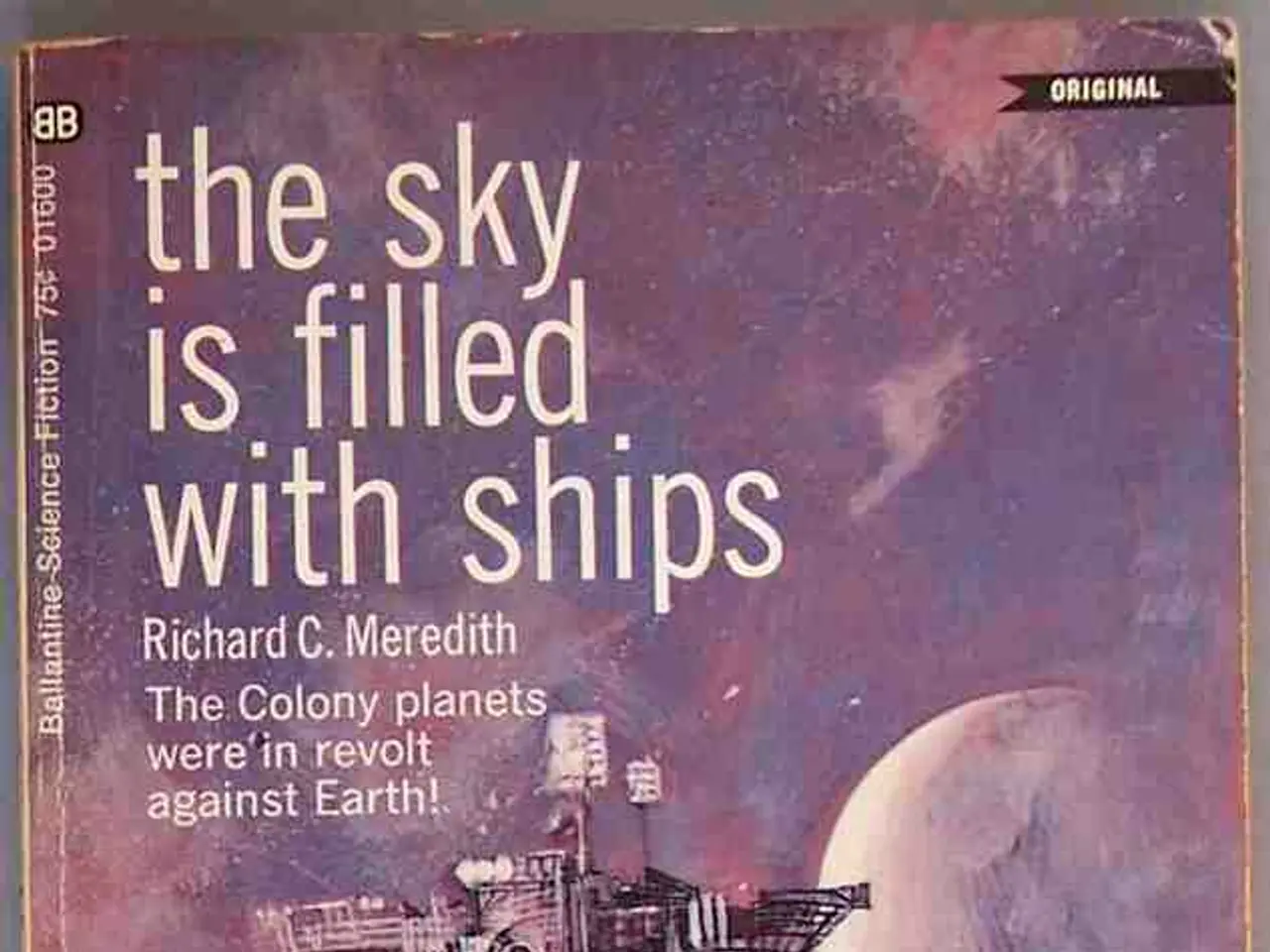Chronological Overview of Space Travel undertakings from 1957 to 2031
A Timeline of Space Exploration Missions: A Journey Through the Cosmos
From the dawn of the Space Age to the planned missions of the future, humanity's exploration of the cosmos has been a remarkable journey. Here's a brief overview of some of the most significant space missions launched by various spacefaring nations since 1957.
1957-1969: The Early Space Age and Pioneering Missions - Sputnik 1 (USSR, 1957): The first artificial satellite, marking the start of space exploration. - Sputnik 2 (USSR, 1957): Launched with Laika, the first living creature to orbit Earth. - Explorer 1 (USA, 1958): The United States' first satellite, which discovered the Van Allen radiation belts. - Sputnik 4 (USSR, 1958): The first animal to return safely from space, a dog named Zvezdochka. - Yuri Gagarin (USSR, 1961): The first human to orbit Earth. - Alan Shepard (USA, 1961): The first American in space, on a suborbital flight. - John Glenn (USA, 1962): Completed the first American orbital flight aboard Friendship 7. - Apollo 11 (USA, 1969): Neil Armstrong and Buzz Aldrin became the first humans to land on the Moon.
1970s-1990s: Expansion and New Space Agencies - NASA continued manned spaceflights (Gemini, Apollo, Skylab, Space Shuttle). - The European Space Agency (ESA) was founded in 1975, launching Earth observation and scientific missions. - India began developing its space capabilities with INCOSPAR in 1962, leading to the establishment of ISRO in 1969. - China initiated human spaceflight program culminating in 2003 with Yang Liwei's spaceflight.
2000s-2020s: New Players, Mars, Moon, and Commercial Space - ISRO launched India's first interplanetary mission, the Mars Orbiter Mission (Mangalyaan) in 2013. - NASA developed the Commercial Crew Program, initiating crewed flights on private spacecraft. - ESA led various Earth observation, planetary exploration missions. - China advanced lunar exploration with Chang’e programs and built modular space station. - NASA's Artemis program plans lunar return missions, including Artemis IV, V, VI between 2028 and 2031, with Lunar Gateway construction.
Near-Future Missions (2025-2031) - NASA's Artemis missions (IV-VI) are planned to land astronauts on the Moon between 2028 and 2031 and build the Lunar Gateway, an orbiting lunar outpost. - NASA continues crewed missions to the International Space Station under the Commercial Crew Program. - ISRO continues lunar and Mars mission development, building on prior successes. - ESA and China aim at deep space exploration and space station advancements.
This timeline highlights key milestones but is not exhaustive for all nations. The above synthesis integrates information specifically on NASA, ISRO, ESA, and references to China’s growing capabilities, consistent with available search results and broader knowledge of international space activities.
- The space economy, with its focus on space exploration, is expected to grow significantly in the coming years.
- International cooperation in space exploration has led to many groundbreaking discoveries, such as the Van Allen radiation belts.
- As space exploration continues, interior-design companies are starting to incorporate space-themed elements into their designs.
- Cooking enthusiasts are exploring the possibilities of 'space cuisine', experimenting with cooking recipes designed for zero-gravity conditions.
- Wearables, like smartwatches and fitness trackers, are becoming essential gadgets for those involved in space missions, monitoring health and vital signs.
- Smart-home-devices are being developed to function in space, helping astronauts maintain a comfortable living environment.
- Cybersecurity is a major concern in the space industry, with potential threats coming from both terrestrial and space-based sources.
- Lifestyle magazines are increasingly featuring articles about space exploration, reflecting growing public interest.
- Outdoor-living enthusiasts are intrigued by the prospect of creating gardens on Mars or the Moon, as part of a sustainable-living approach.
- Food-and-drink companies are researching ways to preserve food for long-term space missions and developing recipes for global cuisines that can be easily prepared in space.
- Dining experiences on Earth are incorporating space themes, offering customers a taste of what it might be like to eat in space.
- Family-dynamics may change in the future, as more families include astronauts among their members.
- Home-and-garden shows are featuring segments on space-themed decor and gardening techniques for use in space.
- Home-improvement stores are stocking special tools and materials for building homes, gardens, and other structures in space.
- Baking enthusiasts are experimenting with recipes for space-friendly pastries and desserts.
- Beverage companies are developing drinks suitable for consumption in zero-gravity conditions.
- Love-and-dating platforms are offering advice for those in relationships with partners who work in space.
- Recipe books for healthy-cooking in space are becoming popular among enthusiasts.
- With an increased focus on space exploration, education-and-self-development programs are incorporating STEM (Science, Technology, Engineering, and Mathematics) topics.
- Online-education portals are offering courses on space exploration, astronomy, and related fields.
- Cultural-travel agencies are organizing tours to space-related landmarks on Earth, such as the Kennedy Space Center.
- Budget-travel websites are providing tips for cost-effective space-themed travel, including deals on car rentals, accommodation, and product reviews for electric vehicles and adventure-travel gear.




